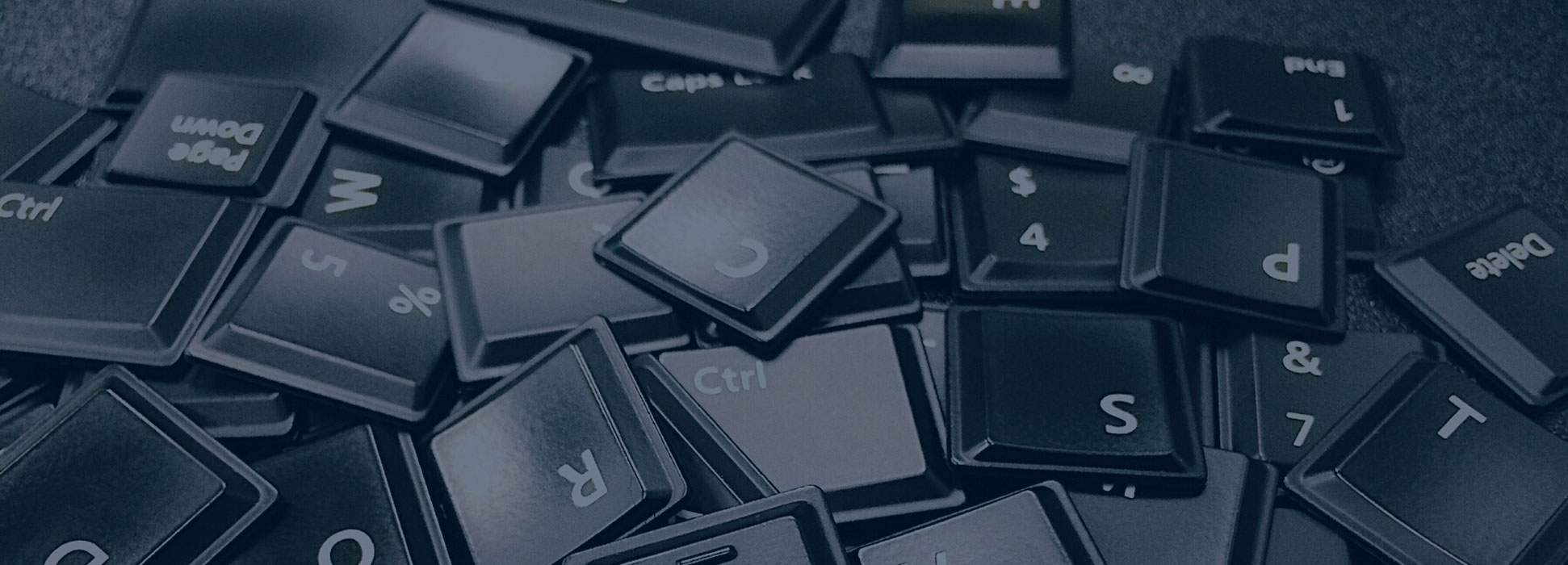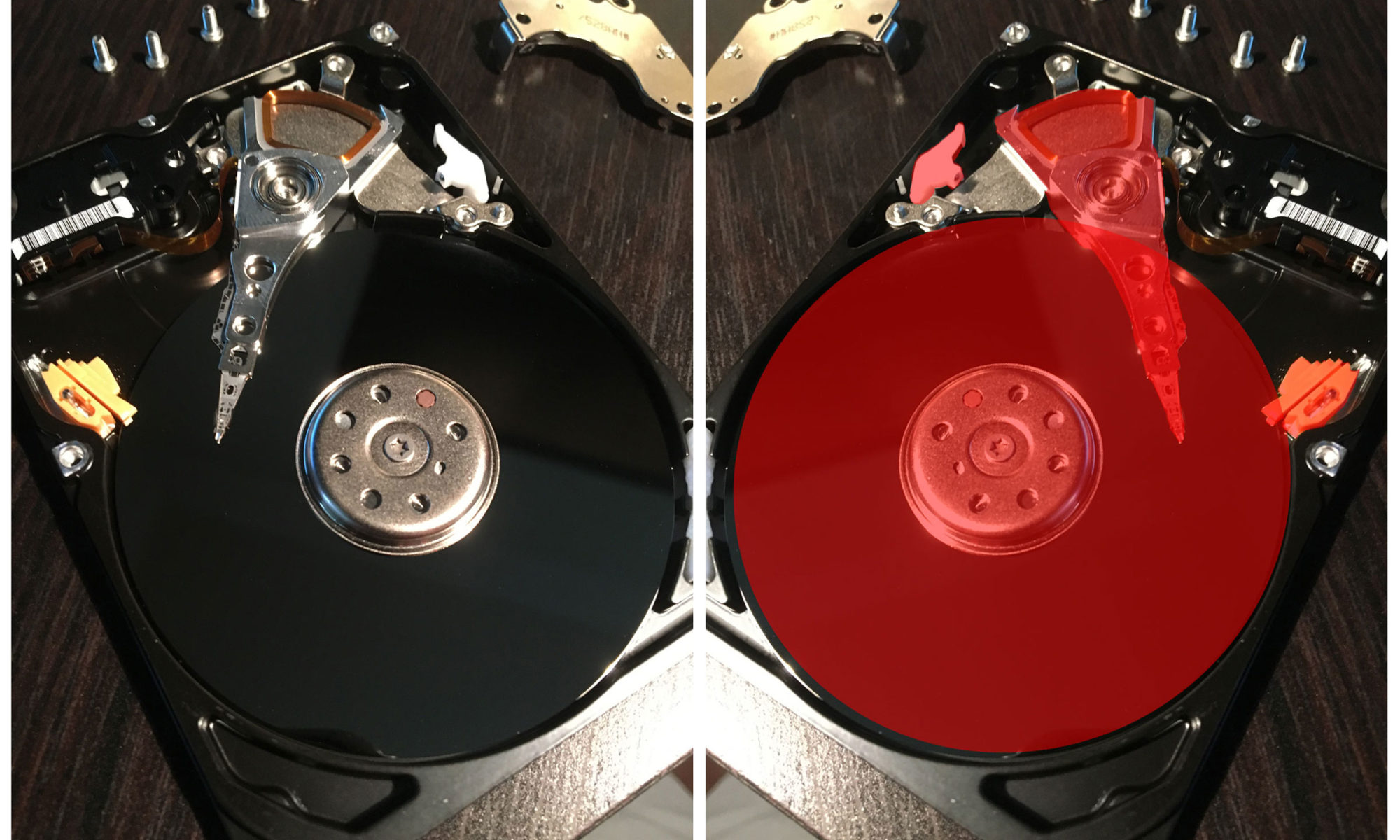Part of what we do is keep up with the latest changes in computer hardware and software to provide answers to our customers and provide the best advice and computer service so you can get the best performance out of your computer.
One of the lowest cost and highest impact ways to improve computer performance is by upgrading your computer’s harddrive. As prices continue to drop, speed, efficiency, and capacity are increasing. With all the equipment out there on the market, what’s the right choice for you?
Other than enterprise-level business computing solutions, there are two primary harddrive types available – platter disk and solid state drives. Below is a breakdown with pros and cons for both.
Platter Disk Drive
This is the most common and legacy style harddrive on the market. These have been used for years and years in all kinds of systems. They are composed of at least one reading arm and platter that spins at a specific rate. Speed is calculated in rotations per minute (RPM), and perform anywhere from 5,400rpm to 15,000rpm.
Pros –
*Price per gigabyte is generally cheaper; these have been mass-produced for years and are essentially perfected technology.
*In case of drive failure, the platters can be removed and data recovered by specialty (very expensive) equipment.
Cons –
*Lower performance versus solid-state drives.
*Can be more prone to fail; many moving parts that generate, however small it is, friction and heat.
*Limited by physical attributes; must buy exponentially more expensive drives with more platters and moving parts to increase size.
*Must be periodically defragmented through Windows to optimize data that is written on the drive
*Can produce some noise
Solid State Drives
These are the drives that the computer industry is moving towards, rapidly. They have more in common with a jump/thumb drive than a legacy hard drive- data is written to chips stored on a circuit board.
Pros –
*Fast – REALLY fast. REALLY REALLY FAST. Speeds on these drives blow platter drives out of the water. Some advertising that I’ve seen claims they are 10x faster.
*Quiet – work without producing any drive noise at all.
*Efficient – no moving parts. If you look at the image with this post, I have color-coded the moving components in a failed harddrive I took apart and photographed. This one in particular had 4 components that moved, not including the drive’s reader arm which also has several movable joints on the end of it. These drives have typically have zero mechanical failure issues.
*Smaller size; most solid-state drives are 2.5″ drives, as opposed to the standard 3.5″ drives. They are interchangeable in most computer solutions that have hard drives, from laptops to desktops and in-between.
Cons –
*Tend to run with smaller capacities; however, the average price-per-gigabyte number is steadily decreasing as more and more breakthroughs come out as these drives are becoming mass-produced.
*In case of failure, all data on the drive is lost. For this article I wanted to do a side-by-side comparison image of the two drives, but I haven’t had a solid-state drive fail yet. Which also says a lot about the quality of these drives.
Remember, one of the best investments in protecting your data and boosting your system’s performance is by upgrading your harddrive. Give us a call today to schedule your in-home computer repair service.

